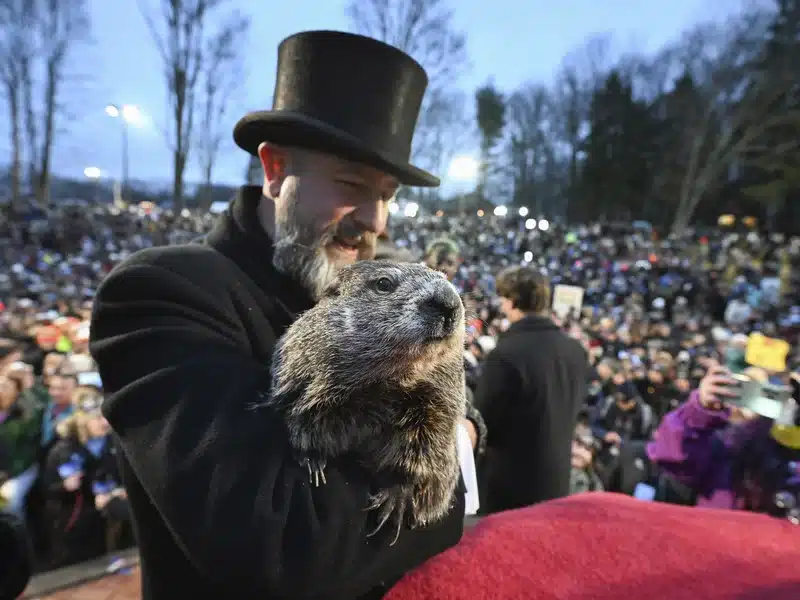Groundhog Day is a traditional holiday celebrated on February 2nd in the United States and Canada, with its most famous event taking place in Punxsutawney, Pennsylvania. The tradition originated from ancient European traditions, particularly Candlemas Day, which marked the midpoint between the winter solstice and the spring equinox. According to folklore, if the groundhog saw its shadow on Candlemas Day, it would predict six more weeks of winter weather, while if it was cloudy and the groundhog didn’t see its shadow, it meant an early spring.
In the United States, the tradition was popularized by German immigrants who settled in Pennsylvania, where groundhogs are common. Punxsutawney, Pennsylvania, became the epicenter of Groundhog Day festivities, thanks to the tradition of Punxsutawney Phil. The most famous groundhog, Punxsutawney Phil, is said to be over 100 years old and is believed to be over 100 years old. On February 2nd, Phil emerges from his burrow at Gobbler’s Knob, where thousands of spectators gather to witness his weather prediction.
Groundhog Day has become more than just a weather prediction event; it’s a cultural phenomenon celebrated across the United States and internationally. The 1993 comedy film “Groundhog Day” starring Bill Murray, contributed significantly to the holiday’s popularity. Beyond its meteorological significance, Groundhog Day holds deeper cultural meanings, symbolizing the transition from winter to spring, renewal, and hope. It also serves as a reminder of the interconnectedness between humans and nature as we eagerly await Phil’s predictions.
In recent years, Groundhog Day celebrations have expanded beyond Punxsutawney, with other towns and cities across North America holding their own festivities. Regardless of the accuracy of Punxsutawney Phil’s predictions, Groundhog Day continues to captivate the public’s imagination, serving as a reminder of the enduring power of tradition, folklore, and the natural world.

